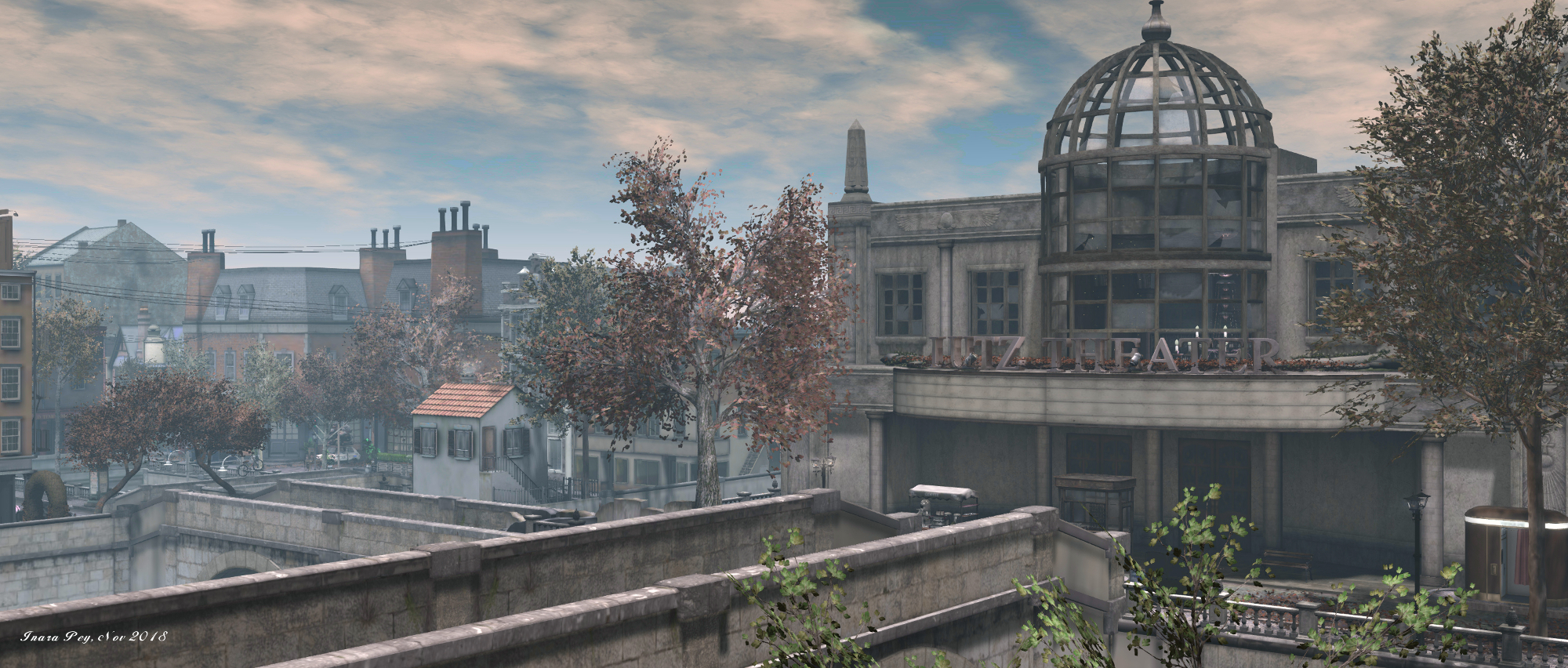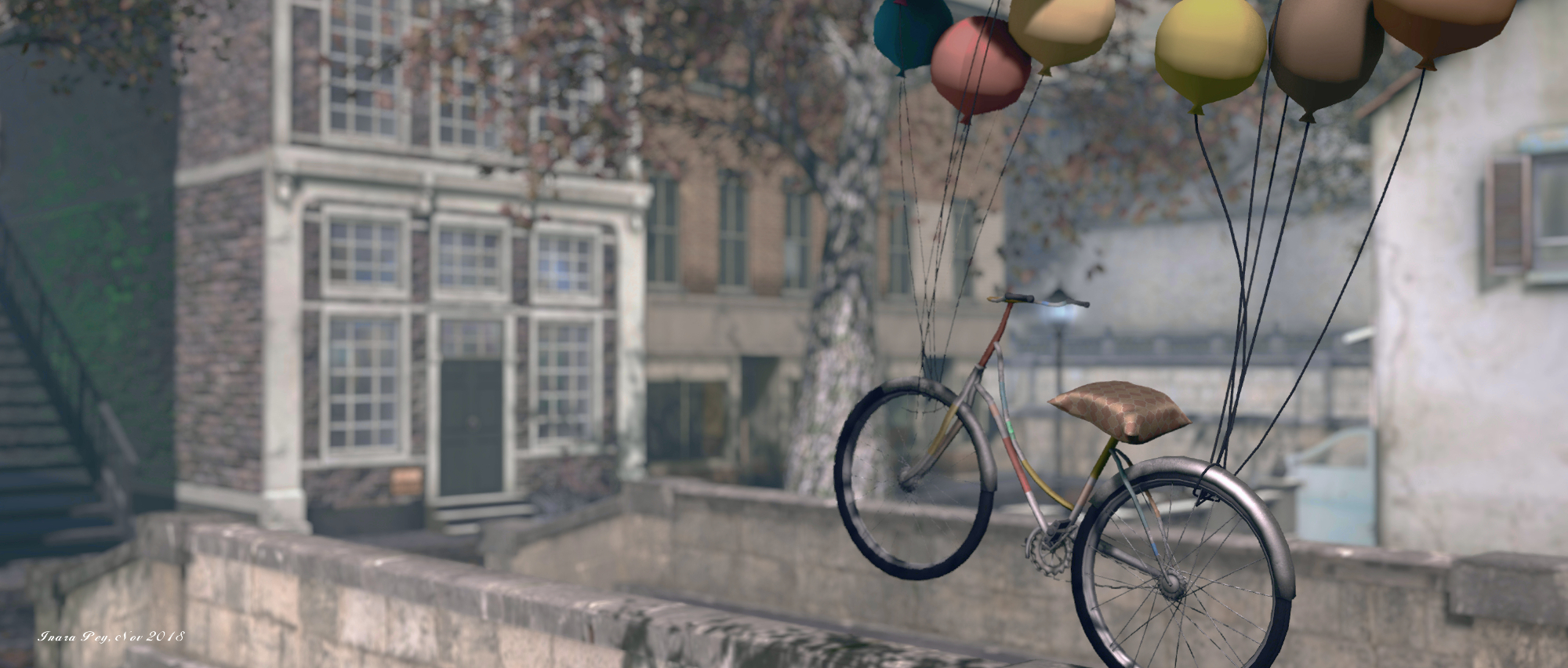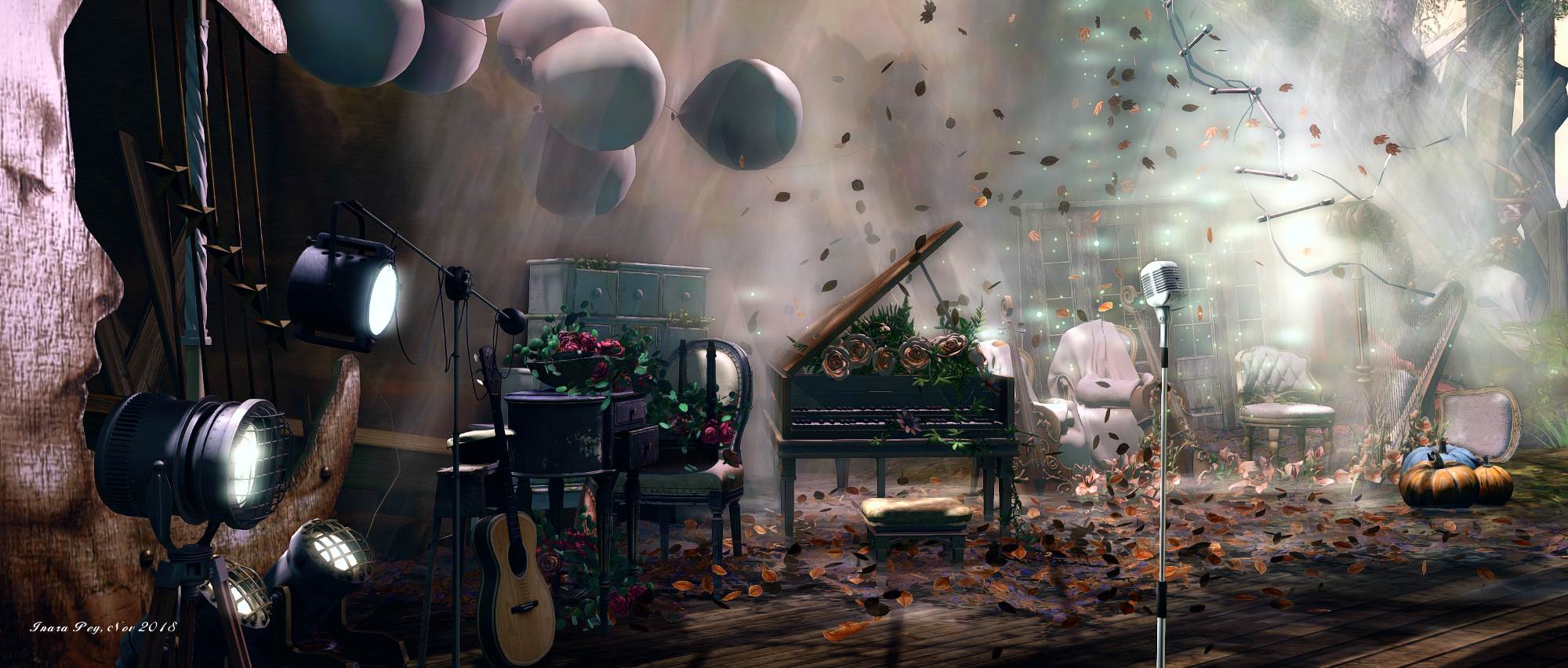 Lutz City – click any image for full size
Lutz City – click any image for full size
Update: it appears the landing point had been temporarily reset to deliver people to the events venue mentioned into this article for a live event. The default landing point is in fact the railway station on the south side of the city.
Lutz City, which opened its doors on November 16th, 2018, is the latest is a series of region designs by Luis Lockjaw, another of Second Life’s superb creators of regions and setting that capture the imagination and sit within the mind’s eye long after a visit. In in, he continues his tradition of presenting captivating settings under his Templemore banner.
I first encountered Luis’ work through Hesperia of Templemore, although sadly, I never got to blog about it – although I did get as far as writing about its sister region the Isle of Mousai, also by Luis, and made sure I did not miss out on his Elysium City of Templemore (which you can read about here). Lutz City very much carries on many of the traditions seen within these previous builds, as Luis notes in his own description of the region:
As a celebration of art, Lutz City continues the Templemore tradition of offering the greatest musical experiences. The live music venue features a grand stage where musicians become part of a living painting that reaches out to your very soul. Lutz City of Templemore isn’t just a sim, it’s home for your creative spirit.
And it is with the musical element in mind that visitors arriving in the city find themselves in one of the major venues for the city, the Lutz Theatre, standing block-like on its own island on the west side of this magnificent Full region design. Just how magnificent a build it is only requires stepping out through the foyer of the theatre to the cobbled road outside.
This is a place cut neatly into blocks by waterways that flow along brick-sided channels, the water passing under the bridges that connect them and occasionally through tunnels. Aiding them in the division of the city are the roads, sometimes running parallel to the canals, at others sitting at right angles to them, extending over the stone bridges to link distracts one to the next whilst also denoting their boundaries.
There is an air about the design of Lutz City that gives it very much a feeling of being a place, part of something larger, but invisible, lying beyond the high mountain peaks that surround it. While separated from these by surrounding water, Luis has cleverly made the city feel a part of the mountains through the use of an off-sum tunnel and steel bridge that carries a railway track to the south side of the city, where a rural-looking halt waits to greet arriving trains while the tracks pass onward over a second steel bridge and vanish into yet another tunnel at the foot of the southern mountains. At the same time, the region has been cut to roughly match the three channels of open water dividing the mountains, giving the feel that the land on which the city stands has been as much formed by the action of water as the mountainside gorges.
There is also a wonderful sense of age and development imbued in Lutz City. Bracketed to the west and east by the massive forms of music venues, the central area has the feeling of evolving as a modern centre of commerce, art and music. a grand brick-built gateway facing the railway halt across the bridge lying between them. But to the north, the buildings are more mixed in age and style, some becoming more careworn and tumble-down until the paved road gives way to a rutted, dry dirt track running under trees and between purely wood-built houses, and shacks, all bar one of which have seen better days, time having moved on to the city’s newer stone and cement heart.
What I particularly like about Lutz City is the design lends itself to a sense that it has different neighbourhoods. These may be defined by the age or style of buildings within in (such as with the north side), or by the way they are divided by road and water channel. Not only does this give the design a feeling of being somewhat bigger than its 256 metres on a side, it also helps flesh out another aspect of the city Luis references in his description:
Beyond the iron wrought gates and stone sculptures that usher you past the brick archway lies Lutz City of Templemore. True to its name, you’ll find yourself immediately immersed in a whimsical world reminiscent of Peter Pan and Hogwarts. But Lutz City goes beyond that. Here your imagination can be engaged in a place and time that defies the limitations of such concepts. Every detail of Lutz City tells a story, every building creates a unique experience.
Caught in the colours of autumn and by default under a dusty evening sky, the setting also has a certain atmosphere about it for the weaving of stories. But, if I’m honest, I found it came more to life under a brighter sky – hence the pictures here – which breathed more life into the narratives the buildings suggested as I walked and cammed by them, and helped bring their voices more to the fore.
For those who enjoy photography, Lutz City has a huge amount to offer – including a Flickr group for sharing pictures with others. Those wishing to keep abreast of the music events in the region can do so by joining the in-world group – there is a joiner board within the landing point theatre, together with a tip board where appreciation can be shown for the region and assistance given towards its upkeep.
Seeing the Templemore tradition return to Second Life is a treat; my thanks to Shakespeare for passing word to me that Luis has been building again, and thanks as well to Luis for once again sharing his vision and passion with us.
SLurl Details
- Lutz City (Templemore City, rated: Moderate)










